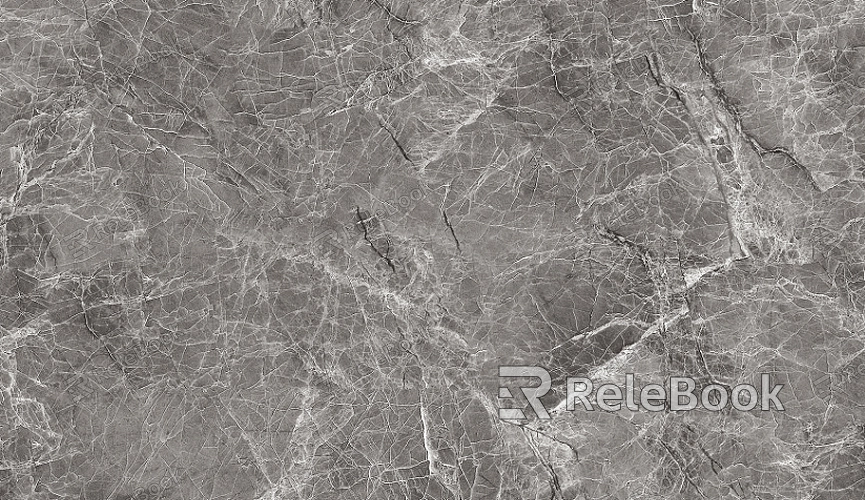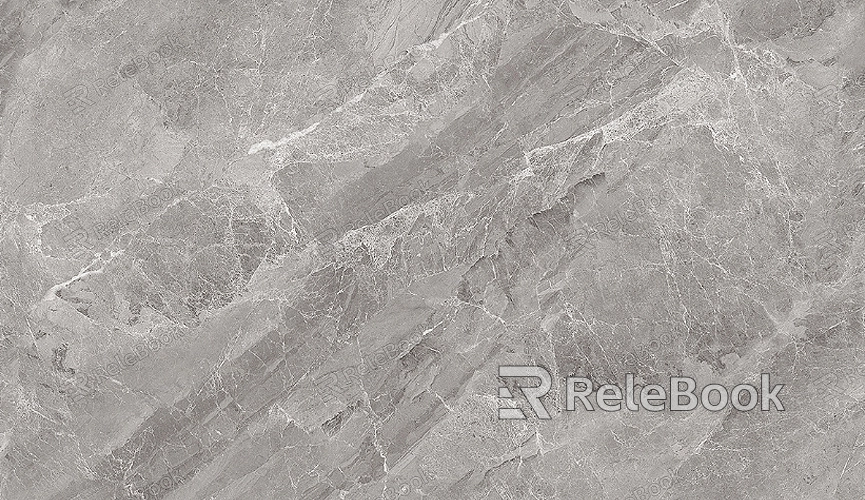How to Export Textures from 3D Builder?
3D Builder is a simple yet powerful tool for 3D modeling, widely used for creating and editing models. One of its standout features is the ability to export textures from models, offering users great flexibility. This capability is especially useful for applications in game design, animation, or 3D printing, as textures add realism and depth to models. However, for many users, exporting textures from 3D Builder may not be an intuitive process. This article provides a comprehensive guide on how to export textures from 3D Builder.

Understanding the Basics of 3D Builder
Before diving into the process of exporting textures, it’s important to understand the basics of 3D Builder. The software supports various 3D file formats, such as OBJ, STL, and PLY, and enables basic editing, splitting, repairing, and coloring of models. Textures, which represent the surface details of a model, are typically embedded as image files within the 3D model. Extracting these textures requires knowledge of exporting models and separating texture files effectively.
Checking for Textures in Your Model
Before exporting, verify that your model includes textures. Here’s how to check:
Model Viewer: Use the toolbar on the right side of 3D Builder to inspect the "Material" or "Texture" settings. If the model has texture files attached, they’ll appear here.
View Adjustment: Rotate and zoom in on the model to inspect its surface for patterns or colors. If the surface is smooth with no patterns, the model might not have textures.
File Format Compatibility: Ensure that the imported file supports textures. For example, OBJ files typically come with an MTL file that describes the material and texture. If these files are missing, you may need to revisit the source of the original model.

Steps to Export Textures
Exporting textures from 3D Builder involves the following steps:
1. Exporting the Model
Open the model that contains the textures.
Use the "Save As" option from the menu and select a format that supports texture exports (OBJ is recommended).
When saving, the software generates two files: an OBJ file (which contains the geometry) and an MTL file (which describes the material and texture paths).
2. Extracting Texture Files
Locate the saved files. The MTL file will reference the texture image, typically in PNG or JPEG format.
If no texture files appear in the folder, consider using third-party tools like Blender or MeshLab to open the OBJ file and re-export the textures.
3. Verifying the Textures
Load the exported files into a 3D file viewer to confirm the textures are displayed correctly.
If textures appear distorted, check the MTL file to ensure the texture file paths are accurate and that all related files are in the same directory as the OBJ file.
Practical Tips
Ensure Complete Files: Before importing to 3D Builder, verify that the model includes all necessary texture and material files.
Use Third-Party Tools: 3D Builder offers basic functionality; more complex texture extraction tasks can be handled with tools like Blender or Substance Painter.
Check Format Compatibility: If the target application doesn’t support OBJ format, convert the exported model and textures to another format, such as FBX.
Exporting textures from 3D Builder requires an understanding of model formats, software capabilities, and file structures. With the steps and tips provided in this article, you can efficiently export models and textures for use in your projects. For more high-quality 3D models and textures, visit Relebook to find everything you need for your creative endeavors.
FAQ
Why are there no textures in my exported file?
The model may not include textures, or the texture files might be missing from the save location. Check the original model to ensure all related files are intact before exporting.
How can I edit the exported textures?
Use image editing software like Photoshop or GIMP to modify the texture files. Save the changes in the same format and reload them into 3D Builder.
Why do the exported textures look distorted?
Check your display settings to ensure accurate color representation and verify the MTL file parameters. If the issue persists, re-export the textures using a different software.

